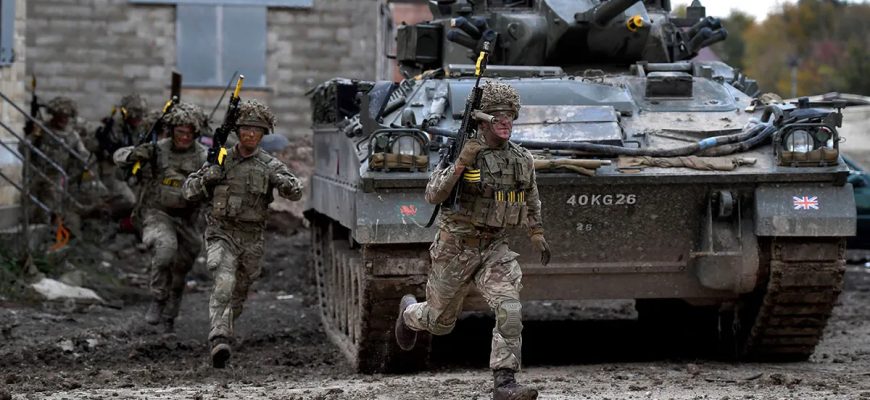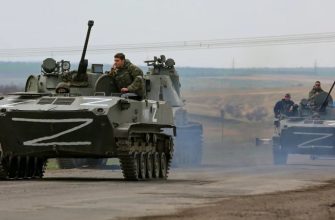Many countries abandoned compulsory conscription after the world wars and cold wars. Now times have changed and people are needed in the army, but there is a problem with the willingness of young people to join.
Today’s youth are individualistic, career-oriented and reluctant to join armies. Europe and other countries are changing their approach to defense, but are societies ready to fight? The Economist analyzed how ready people are to fight for their own state.
In and around hot spots around the world, the question is how to get more people in uniform. Some countries are returning to compulsory conscription for young men. This usually means that civilians are forced into military service. At the beginning of the 20th century, the proportion of countries in the world with compulsory conscription was 80%. In the mid-2010s, this percentage dropped to less than 40%. The conscription was replaced by professional contract service in the army. But while Western countries were abolishing conscription, the Russian Federation, Iran and North Korea, on the contrary, were building up their army. Now the West also needs to increase the size of its army, but there are fewer people willing.
Plans to increase the number of armed forces in the world
Photo: The Economist
In Israel, military service is the central pillar of the state. Since the October 7 attacks, some 300,000 Israelis have fled civilian life and returned to the country. Israel now wants to extend men’s service life to three years and raise the conscription age for reservists to 45.
Meanwhile, in Asia, Taiwan must prepare for a possible war with China. In 2022, Taipei extended military service from four months to a year. Currently they have only 169 thousand soldiers, and in China there are 2 million. South Korea, where military service is not popular, changes are being made. Service life has been cut to 18 months, salaries are being increased, and the government wants to hire more women.
Important
Who will fight to the end? The main conditions for demobilization in the Armed Forces of Ukraine have been named
The publication cites survey data from the World Values Survey, which over the years has asked people one question: “Would you be willing to fight for your country?” In the Netherlands, for example, only 36% of the population aged 16-29 are ready to fight for their state.

Are you ready to fight for your country
Photo: The Economist
This is partly expected. As countries become richer, their citizens tend to be less willing to sacrifice themselves for the nation. German political scientist Herfried Münkler called Western democracies “post-heroic” societies in which “the highest value is the preservation of human life” and personal well-being.
It is also obvious that countries like Germany, Japan or Italy do not want to fight because they were aggressors in world wars. Likewise, Spain or Portugal are unwilling to fight after decades of dictatorship. France stands out for its readiness to fight for its land – there 58% of the population are ready to fight. Other wealthy countries like Denmark, Finland, Norway or Sweden are also ready to fight. The authors explain this by its proximity to the Russian Federation.
Army recruiters have trouble hiring people because today’s youth have a wide variety of career choices. They find it difficult to compete with the private sector. Therefore, TikTok and bloggers are sometimes used to create videos about military service.
Let us remind you that the media wrote whether Ukraine could fight without mobilizing junior fighters.
It was also reported that on April 17 in the UK there was an explosion at a factory repairing Ukrainian Armed Forces artillery.








